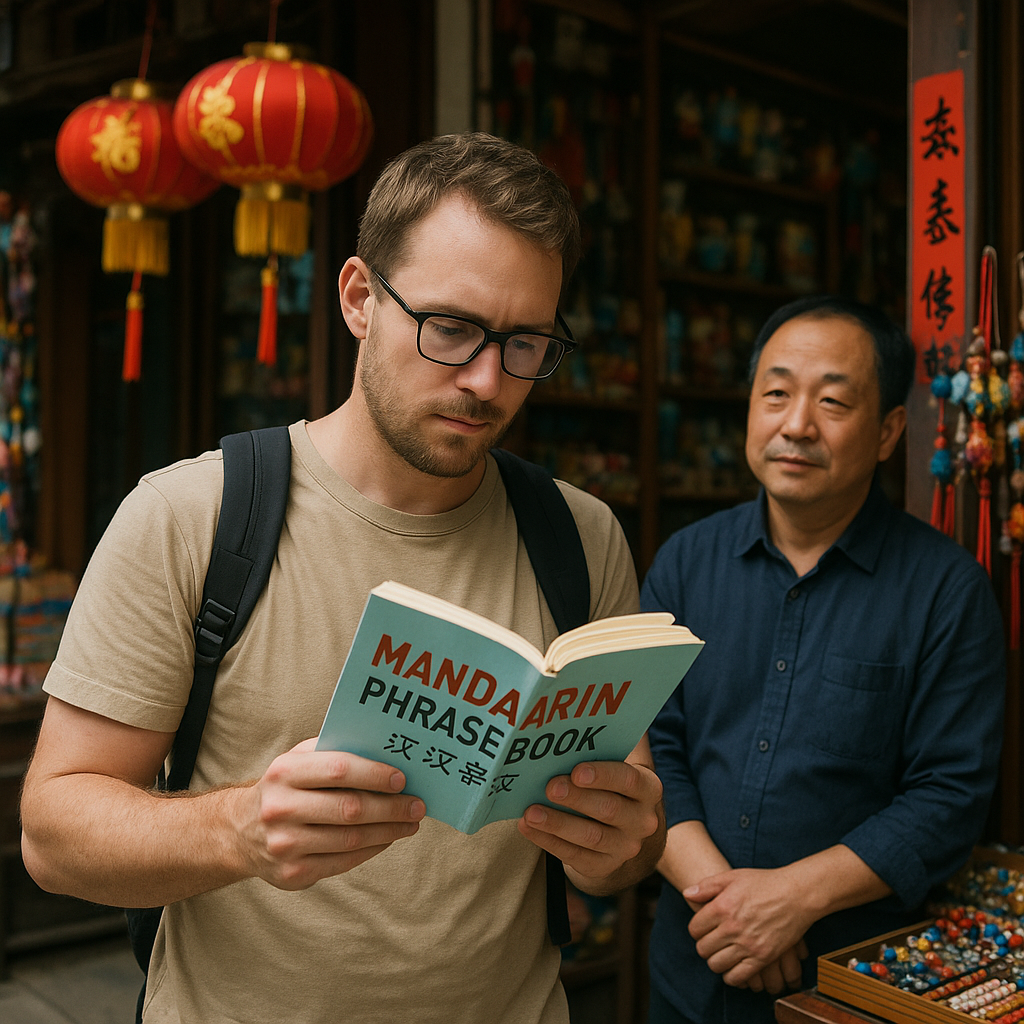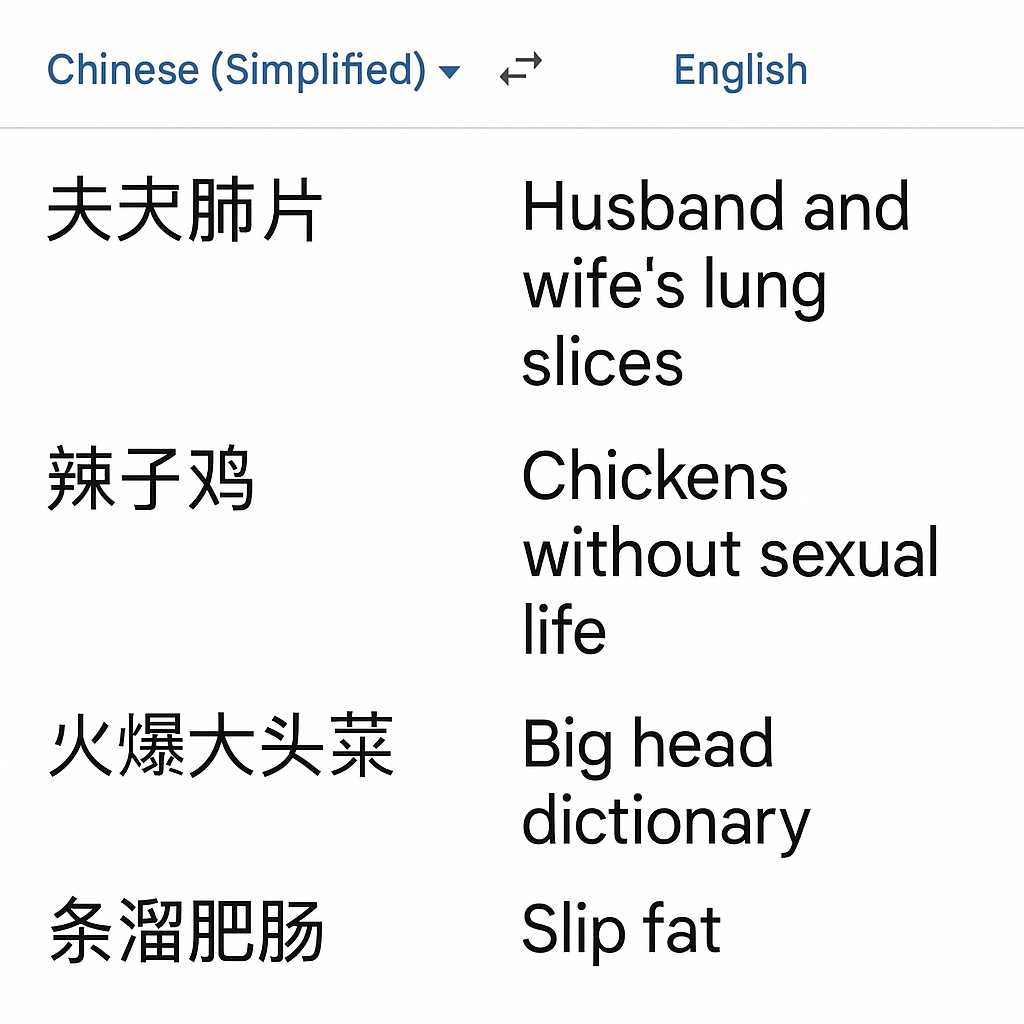China is a culinary paradise, but for many travelers, the experience of ordering food can be unexpectedly daunting. From language barriers to unfamiliar dishes and regional dining customs, even seasoned globetrotters can find themselves overwhelmed. But don't let that discourage you—armed with the right tools and cultural context, you can transform your dining experiences in China into one of the most rewarding aspects of your trip.
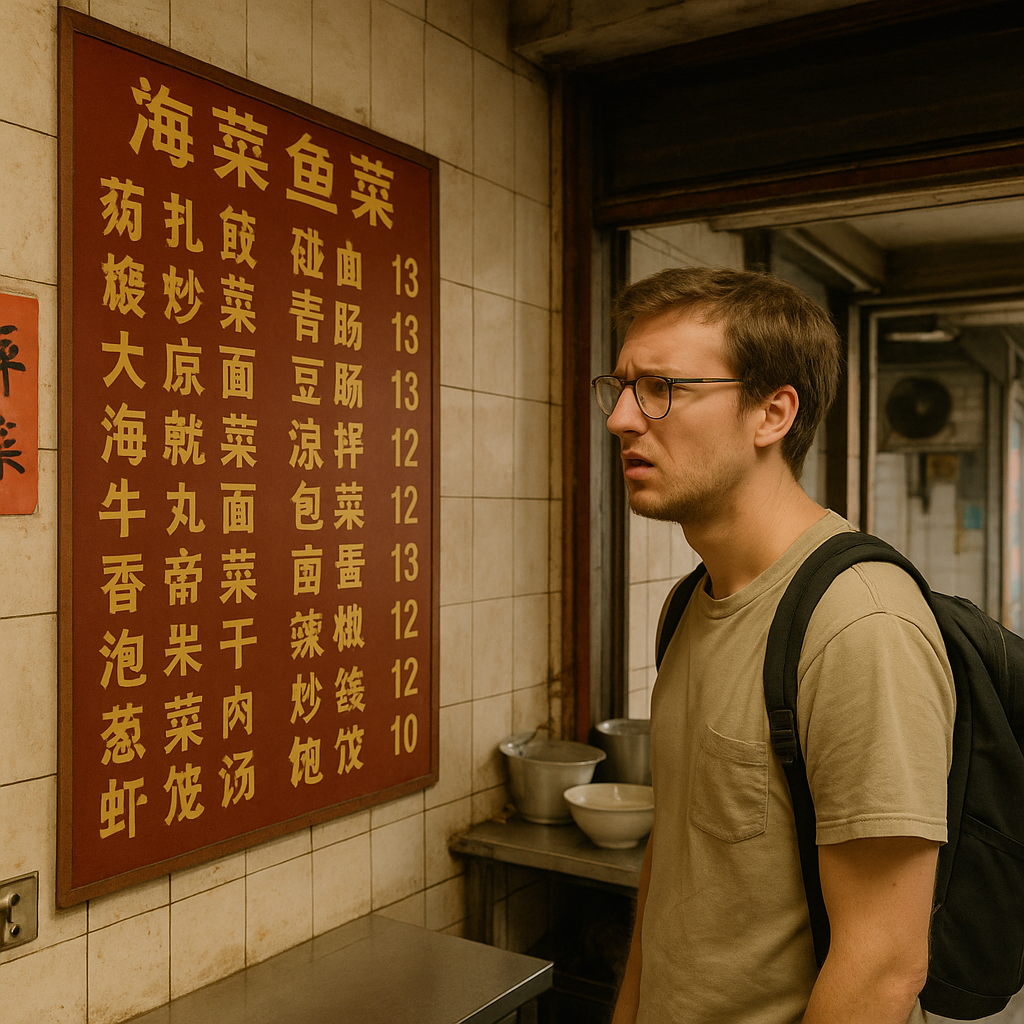
The Language Barrier Is Real
Menus in local Chinese restaurants—especially outside of major cities—are often written only in Chinese characters. Even in tourist-friendly zones, English translations can be awkward or misleading. For example, you might find dishes labeled "husband and wife lung slice" or "strange flavor noodles," which, while culturally accurate, can be off-putting without context.
Pronunciation also poses a challenge. Asking for a dish by its English name usually doesn't help unless the staff is trained to recognize tourist versions of menu items. Even apps like Google Translate may struggle with dialects or stylized fonts on menus.
Food Culture Shock
Chinese cuisine is diverse and regionally varied. What's considered normal in Sichuan might surprise someone from the West. Spicy rabbit head, sea cucumber, or duck blood soup are staples in some provinces, but they can throw off unsuspecting travelers.
In addition, many Chinese dishes are communal. Diners order several dishes to share family-style, and using one's own chopsticks to grab food from shared plates is the norm unless separate serving utensils are provided.
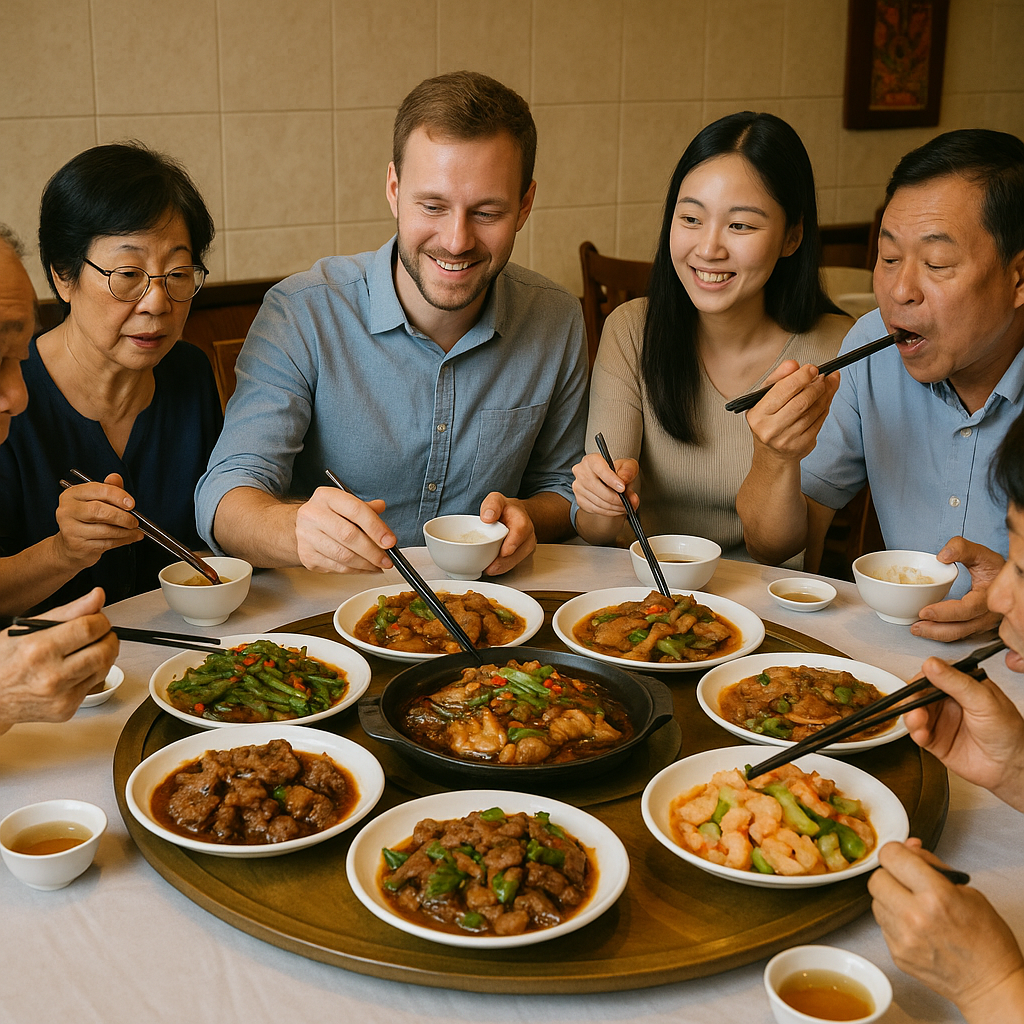
Dietary Restrictions and Allergies
One of the trickiest parts of ordering in China is communicating dietary needs. Gluten-free, vegan, or halal diets may be difficult to accommodate unless you're fluent in Mandarin or traveling with someone who is. Even vegetarian dishes might include animal-based broths, oils, or garnishes unless explicitly specified.
Food allergies, particularly to peanuts or shellfish, must be taken seriously. In smaller restaurants, staff may not be aware of cross-contamination risks or ingredient details.
Nihao Travel to the Rescue
Enter Nihao Travel, your real-time, chat-based travel assistant designed for navigating exactly these situations. Instead of guessing what you're ordering or struggling to explain your needs, you can simply message a consultant and get help in seconds.
- Send a photo of the menu and get live translations
- Ask for dish recommendations based on your preferences
- Get pre-written phrases in Chinese to show waitstaff
- Learn cultural etiquette for specific dining settings
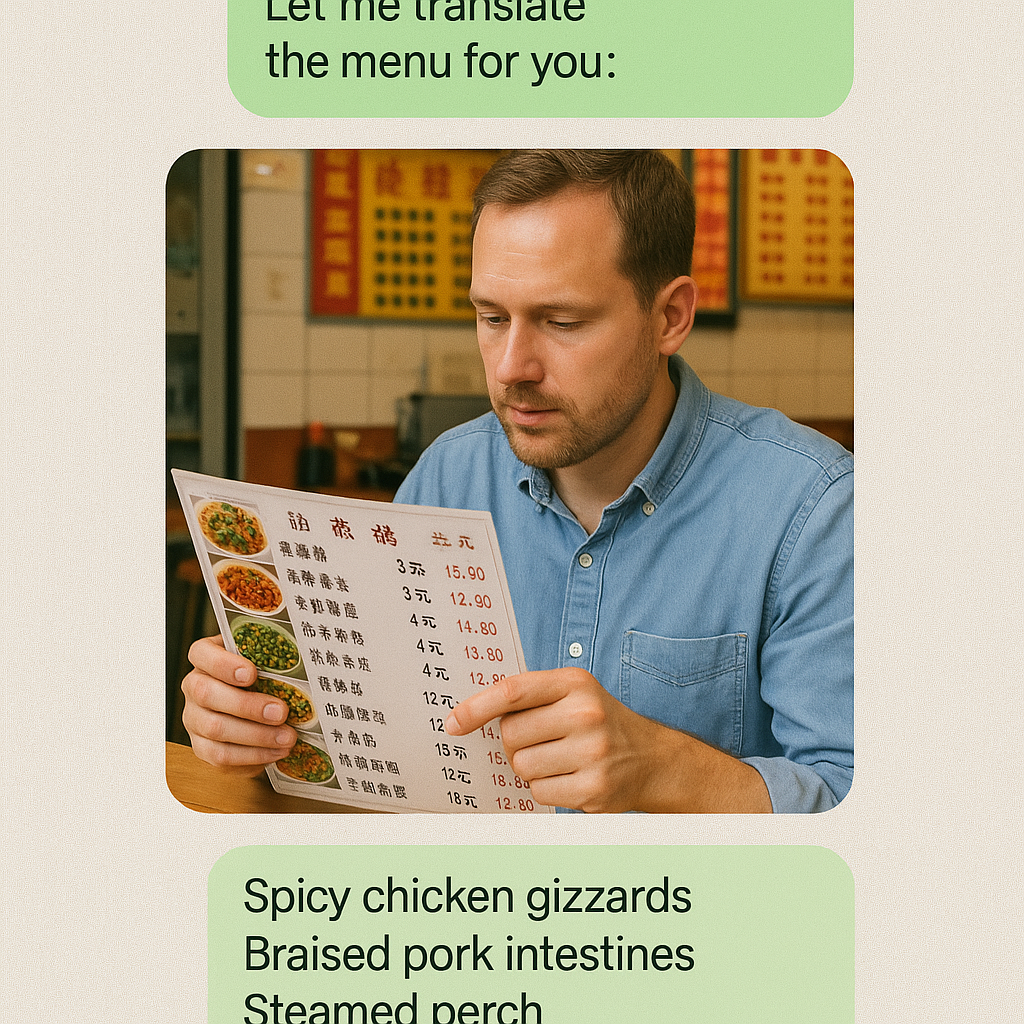
Use Case: Finding Safe Vegan Food in Chengdu
Jane, a vegan traveler from Canada, found herself overwhelmed in Chengdu, a city famous for its spicy hotpot and pork-heavy menus. She opened Nihao Travel and typed, "Where can I get vegan hotpot near me?" Within minutes, a consultant replied with the name of a local vegetarian Buddhist restaurant, a link to the address on Baidu Maps, and a sentence in Chinese to show a cab driver.
During her meal, she wasn't sure if the broth was plant-based. She snapped a photo of the hotpot menu and sent it to the consultant. They translated it and confirmed that the broth was indeed mushroom-based, with no animal products.
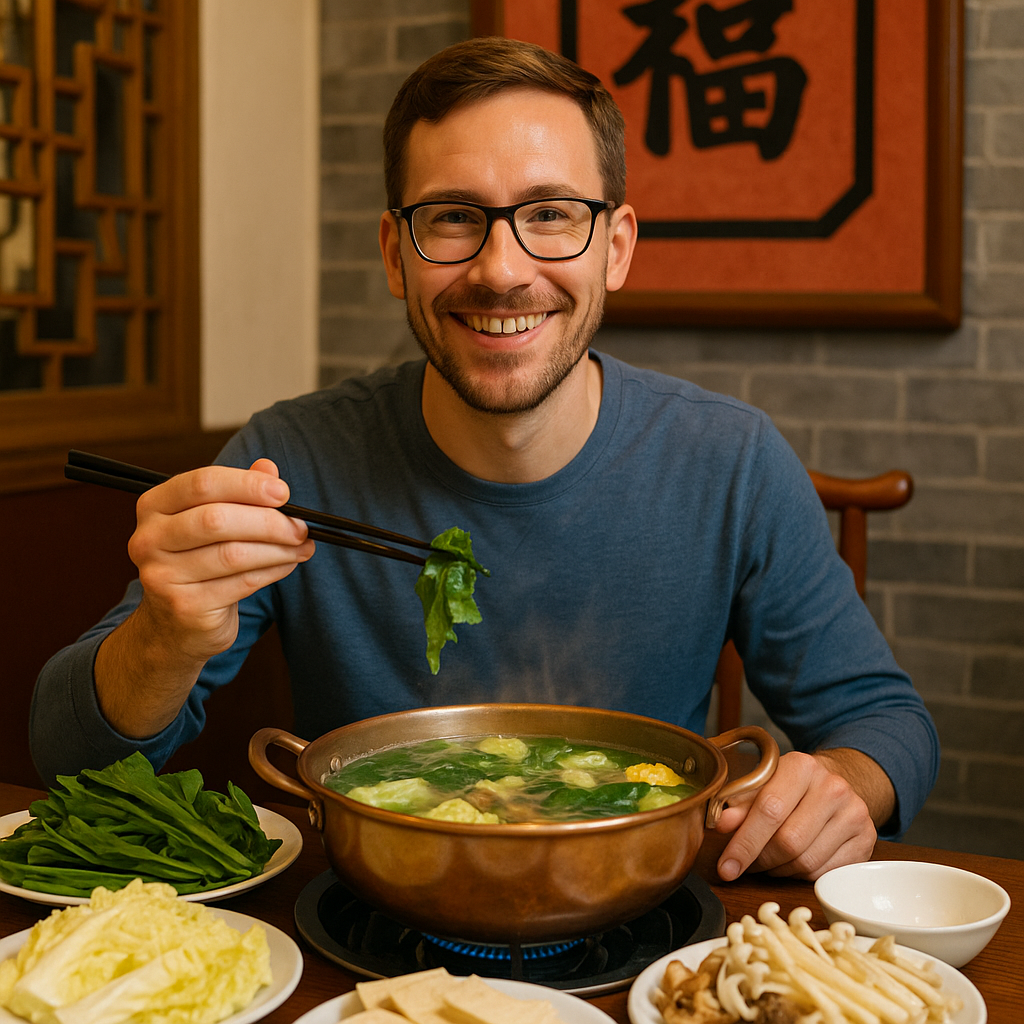
Use Case: Dealing with a Peanut Allergy in Guangzhou
Tom, a traveler with a severe peanut allergy, knew he had to be cautious in Guangzhou, where peanut oil is often used in cooking. Before his trip, he consulted Nihao Travel and received a customized PDF of phrases to print or keep on his phone. One sentence read: "我对花生过敏。请不要用花生油或任何含花生成分的食物。" ("I'm allergic to peanuts. Please do not use peanut oil or any ingredients containing peanuts.")
At dinner, he showed this to the restaurant staff, who brought the chef out to confirm the ingredients. Nihao Travel helped Tom avoid a potentially dangerous situation while still enjoying authentic Cantonese cuisine.
Use Case: Navigating Night Markets in Xi'an
Emily and Mark were exploring the bustling Muslim Quarter night market in Xi'an. Dozens of stalls offered tantalizing skewers, buns, and noodles—but they didn't know where to start. Using Nihao Travel, they asked, "What's safe and authentic to try at the Xi'an Muslim market tonight?"
They received instant recommendations: lamb skewers (yang rou chuan), cold rice noodles (liang pi), and pomegranate juice. The consultant even sent them photos and taught them how to say "We want two skewers, please" in Mandarin.
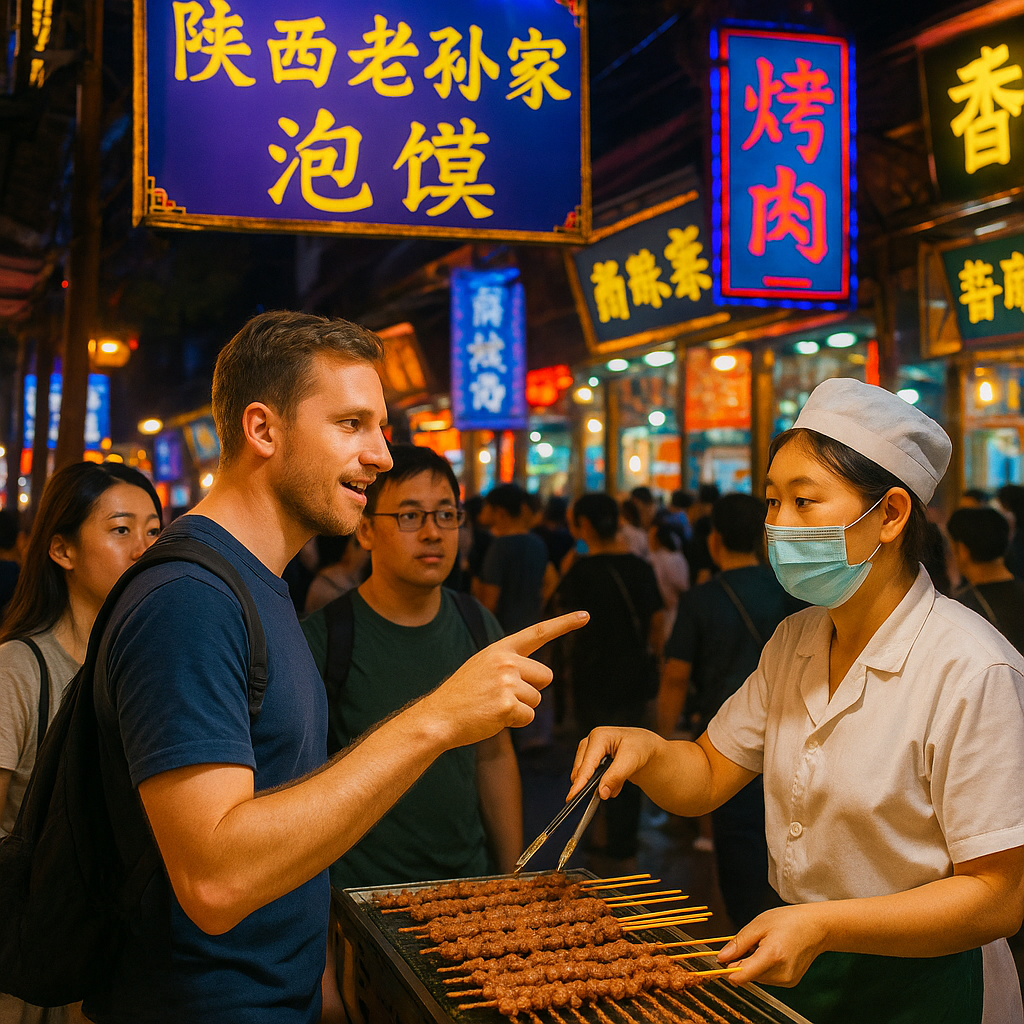
Helpful Phrases from Nihao Travel
- "这个菜里有肉吗?" – "Does this dish have meat?"
- "我不吃辣。" – "I don't eat spicy food."
- "请推荐一道当地的特色菜。" – "Please recommend a local specialty."
Nihao Travel provides these phrases based on your preferences, location, and even your dietary restrictions. You'll not only be understood—you'll sound prepared and respectful.
Conclusion
Ordering food in China doesn't have to be a source of stress. With Nihao Travel, you gain a personal guide that helps you explore the rich diversity of Chinese cuisine with confidence and clarity. From menu translations and dietary alerts to cultural context and local suggestions, your travel assistant ensures that every meal is safe, exciting, and authentically local.
So next time you sit down at a restaurant with a menu full of Chinese characters, don't panic—just open Nihao Travel and let the feast begin.
Ready to explore China's culinary wonders with confidence? Get Nihao Travel support
